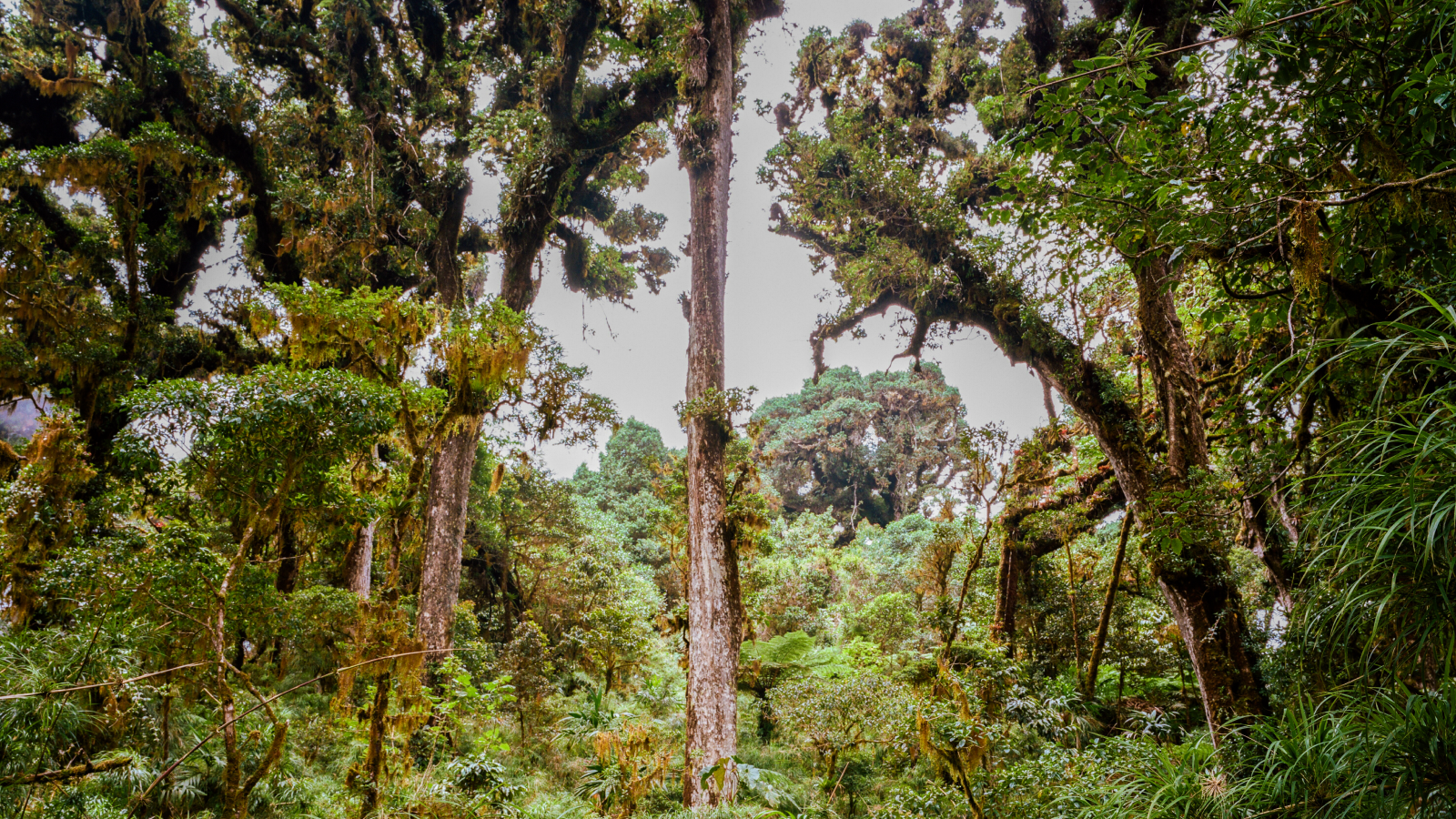Hairy Rarity: Fly That Can't Fly Rediscovered

Not seen in more than 60 years, a fly covered with teensy yellow hairs has been discovered hiding out in a crack in a single cave-like rock in Kenya, researchers announced this week.
Known as Mormotomyia hirsuta, or the "terrible, hairy fly," the insect looks more like a fluffy spider than a fly. It sports tiny eyes that appear as red spots and strap-like wings, which are nonfunctional. [Image of hairy fly]
"Since Mormotomyia cannot fly, there is a strong possibility that it is really restricted to this tiny habitat," said Robert Copeland of the International Centre of Insect Physiology and Ecology, and Texas A&M University. "If that is the case, it would be wonderful if the entire Ukazi Hill, on which it is found, were declared a national heritage area and given suitable conservation protection."
Copeland and fellow dipterist (fly scientist) Ashley Kirk-Spriggs from South Africa's National spotted the fly in Ukazi Hill, along the Thika-Garissa Road. Until now, the fly had been collected on only two previous occasions, in 1933 and 1948.
Like us, males are the hairy gender for these flies. "Females have far fewer hairs and these tend to be comparatively short, while the larger males are pretty much covered with long hairs," Copeland told LiveScience.
Why so hairy? Copeland threw out several ideas, including the possibility the hairs may act as a Velcro of sorts to help the mating pair attach to each other, though he admits, "I can't really see how." Perhaps the hairs are dressed-up stingers, though Copeland has handled plenty of live adults with no stinging. Maybe they are stay-away hairs, "but, if so, why don't females have long hairs?"
Essentially, it's a hairy mystery that Copeland says is fodder for a master's or doctoral thesis.
Get the world’s most fascinating discoveries delivered straight to your inbox.
You can see their hairy-fly expedition as well as video of the fly on the move.
- The 10 Most Diabolical and Disgusting Parasites
- Amazing Photos: The Little Things in Life
- Extremophiles: World's Weirdest Life
You can follow LiveScience Managing Editor Jeanna Bryner on Twitter @jeannabryner.
Jeanna Bryner is managing editor of Scientific American. Previously she was editor in chief of Live Science and, prior to that, an editor at Scholastic's Science World magazine. Bryner has an English degree from Salisbury University, a master's degree in biogeochemistry and environmental sciences from the University of Maryland and a graduate science journalism degree from New York University. She has worked as a biologist in Florida, where she monitored wetlands and did field surveys for endangered species, including the gorgeous Florida Scrub Jay. She also received an ocean sciences journalism fellowship from the Woods Hole Oceanographic Institution. She is a firm believer that science is for everyone and that just about everything can be viewed through the lens of science.


